Discover the rich history and culture of Cologne with the captivating audiotour from CityAppTour. This unique tour takes you on an immersive walk along the iconic landmarks of the city, including the impressive Cologne Cathedral, Museum Ludwig, the charming Old Market, the Great St. Martin Church, the historic Hohenzollern Bridge, and the imposing Hahnentor. But that's not all - the tour also unveils the hidden gems and lesser-known spots that make Cologne so special. Learn fascinating stories and facts as you explore the city at your own pace. With the self-guided city tour featuring a personal audio guide, every step becomes a discovery, allowing you to experience Cologne like never before. Don't miss out on this exceptional experience and let yourself be enchanted by the charm and beauty of this wonderful city.
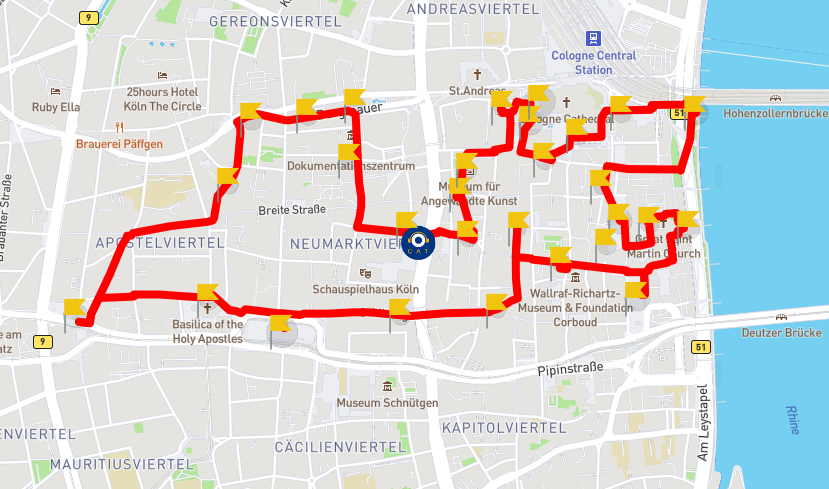
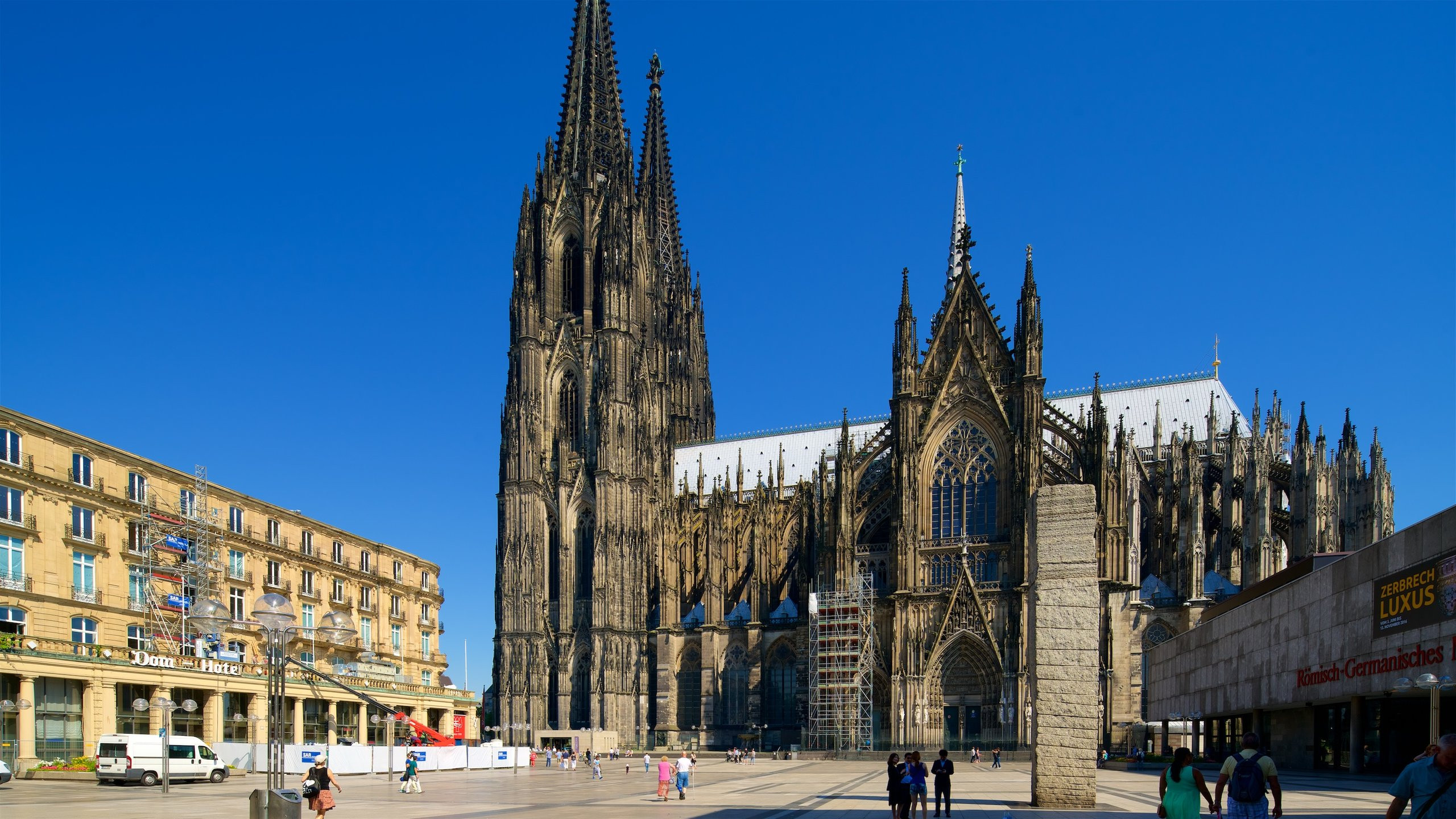
Why Visit: This Gothic masterpiece took 632 years to complete and survived 14 direct bomb hits during World War II.
Construction began in 1248 but stopped for centuries when funding ran out. The unfinished cathedral became Cologne's symbol until the 19th century brought romantic nationalism and completion funds. Those towering spires reach 157 meters - taller than a 40-story building. Inside, the Shrine of the Three Kings allegedly holds relics that made medieval Cologne Europe's most important pilgrimage destination.
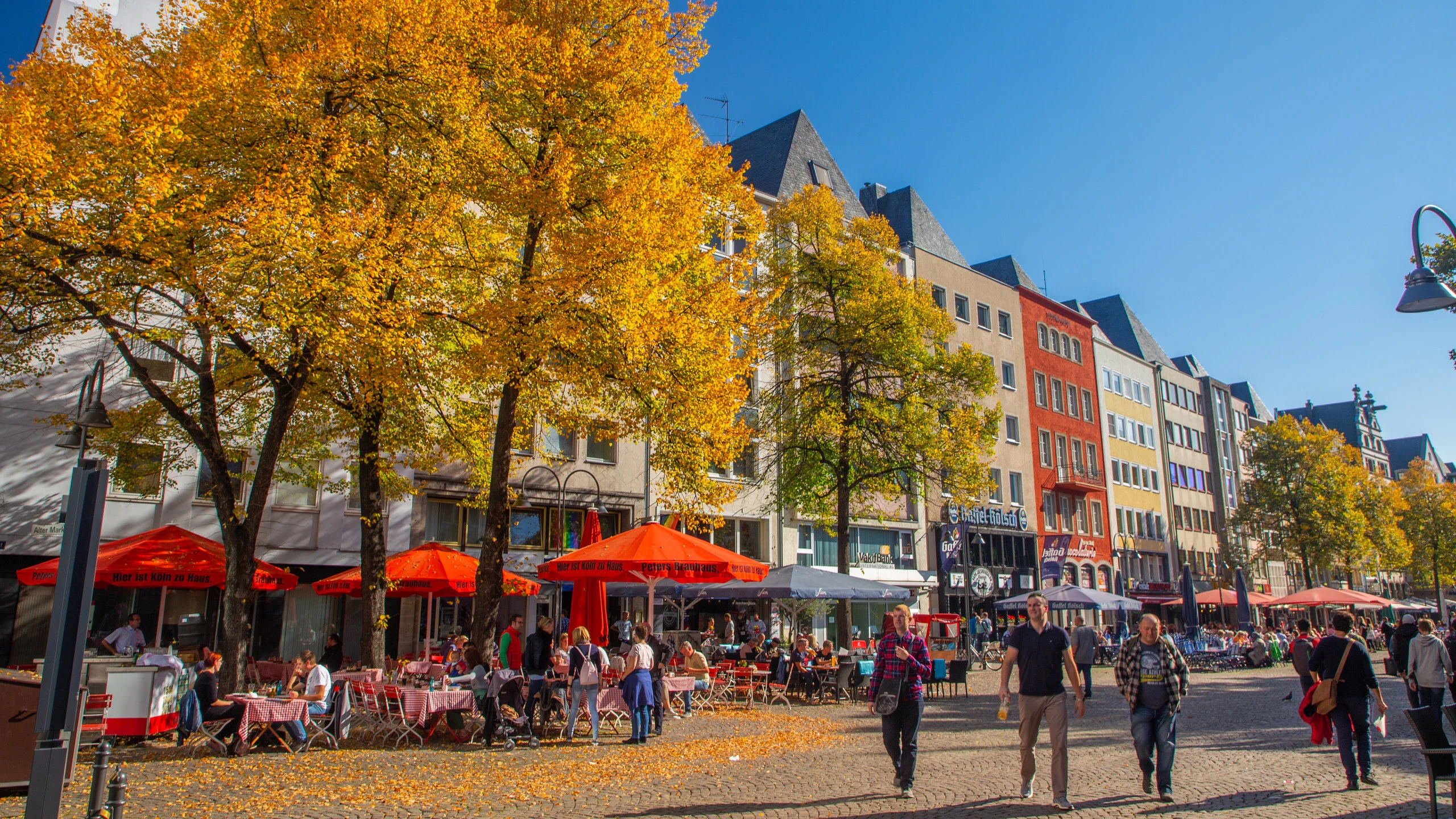
Ever Wondered: Why does this "old market" feel so modern despite being Cologne's original town square?
Allied bombing in 1943 erased most medieval buildings, leaving only the Renaissance town hall tower standing. Post-war reconstruction created today's colorful facades that look historic but hide modern interiors. The bronze plaque marks where Roman merchants traded 2,000 years ago. Local breweries like Früh serve Kölsch beer in traditional 0.2-liter glasses.
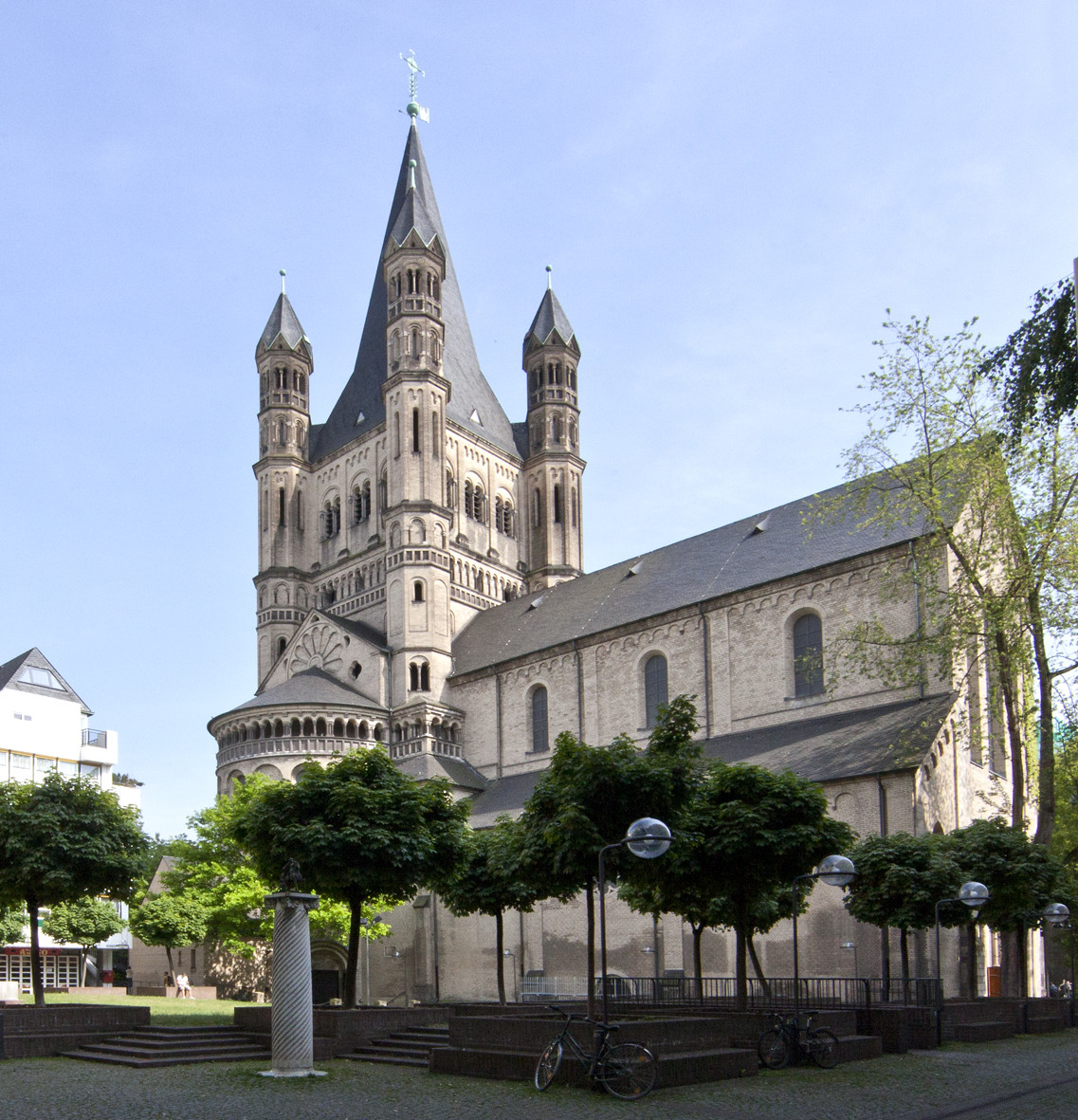
Local Secret: This Romanesque church's distinctive four-tower design inspired countless German churches but started as a Roman warehouse foundation.
Built on ancient Roman ruins, the church's massive towers dominated Cologne's skyline for 800 years until the cathedral's completion. The audio guide Cologne reveals how medieval architects recycled Roman stones, creating walls three meters thick. Bombing damaged the interior, but the 12th-century structure survived remarkably intact.
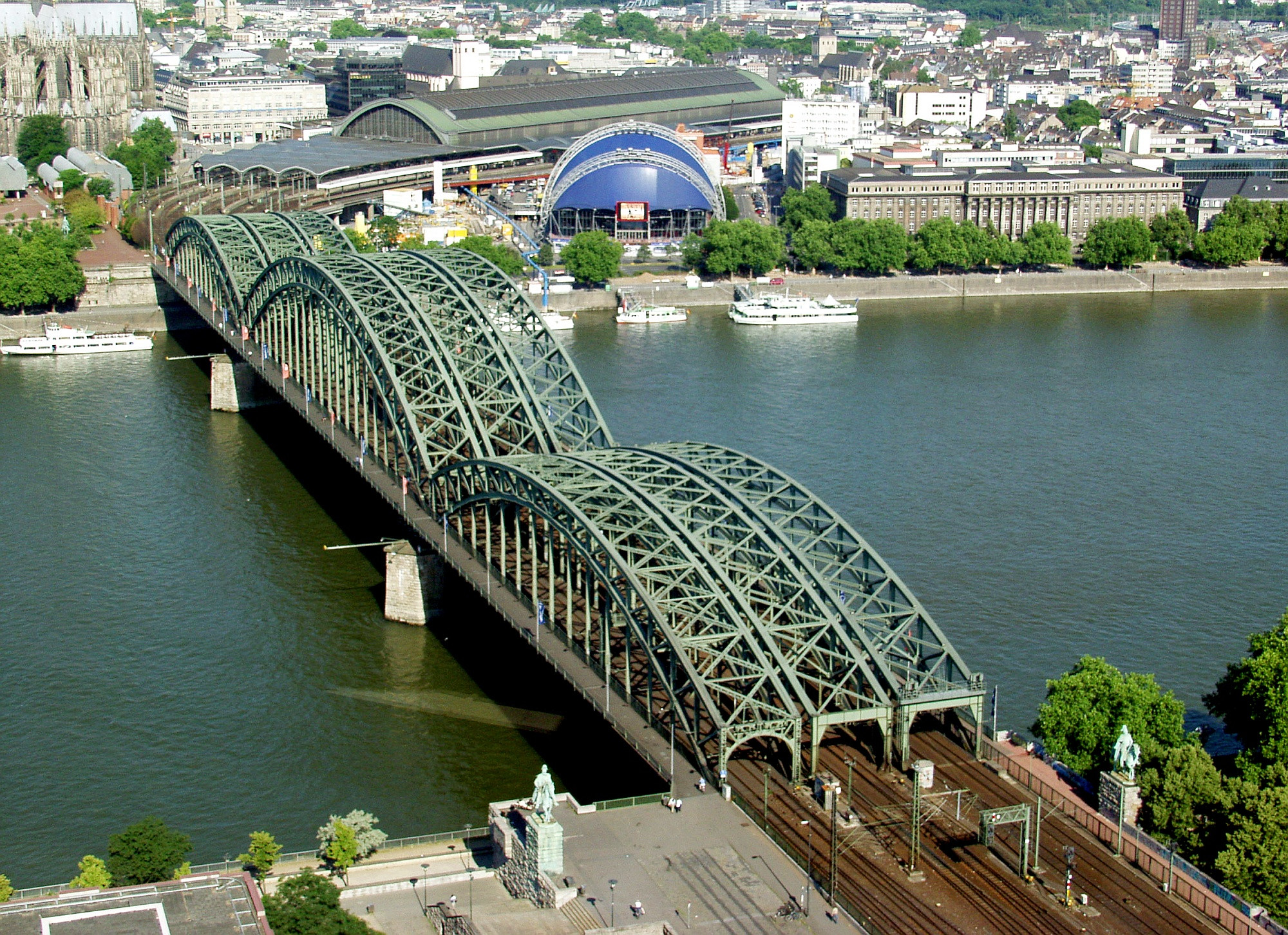
What You'll Find: Over 700,000 "love locks" attached by couples who believe their relationship will last forever if they throw the key into the Rhine.
This railway bridge opened in 1911, named after Kaiser Wilhelm II's dynasty. Six equestrian statues of Hohenzollern rulers once adorned the bridge until they were removed after WWI. The current love lock tradition started around 2008, inspired by similar practices in Paris.
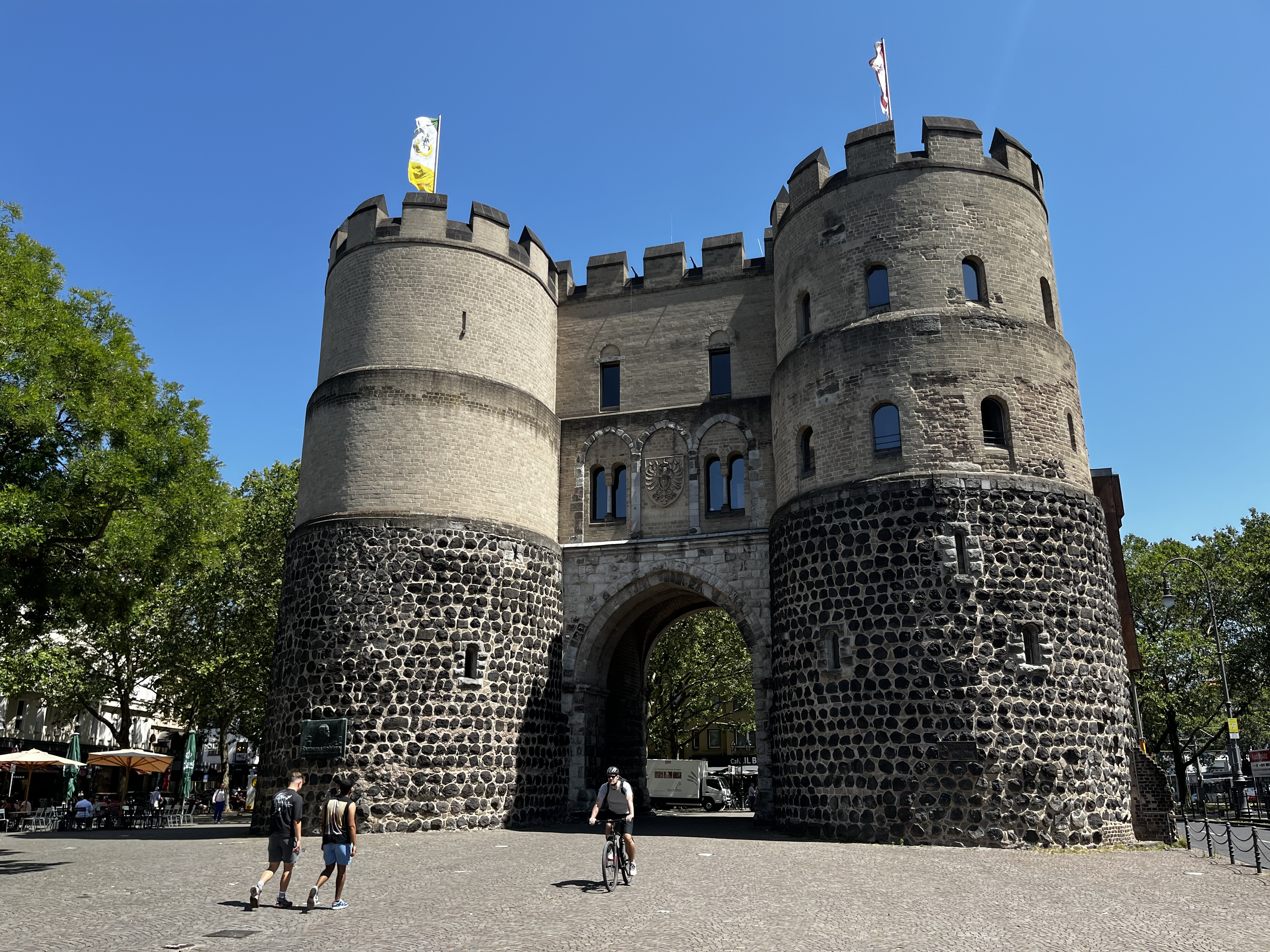
Back in 1262: Master builders constructed this medieval gate as part of Cologne's third ring of fortifications to protect the expanding merchant city.
The distinctive stepped gables and round towers exemplify Rhine Romanesque architecture. Citizens paid special taxes to fund these walls that enclosed 400 hectares - making medieval Cologne larger than London. This gate controlled traffic from western trading routes. The name "Cock Gate" comes from a weather vane that stood here for centuries.
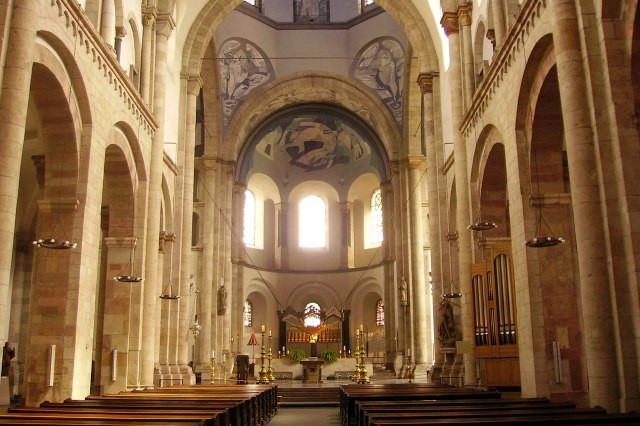
The Story Behind: This 1,000-year-old church houses relics of all twelve apostles, making it one of Christianity's most significant relic collections.
Founded in the 11th century, the basilica represents pure Rhineland Romanesque style with its distinctive trefoil apse design. The crypt contains Roman foundations from a 4th-century predecessor church. Allied bombing destroyed the roof in 1944, but careful restoration revealed original frescoes hidden for centuries beneath baroque additions.